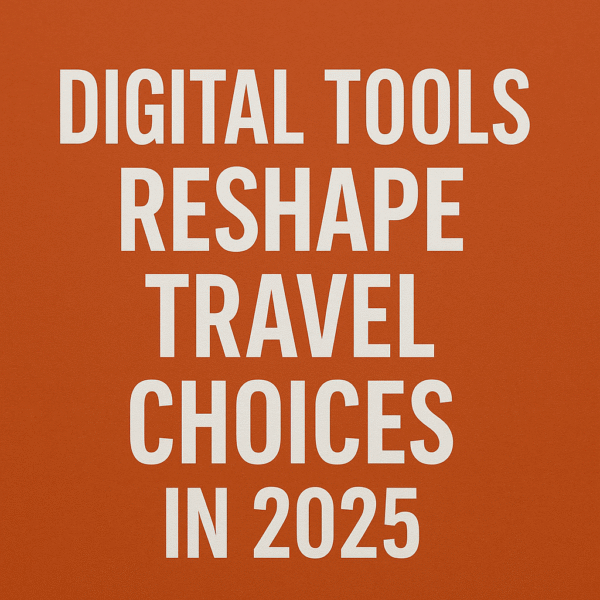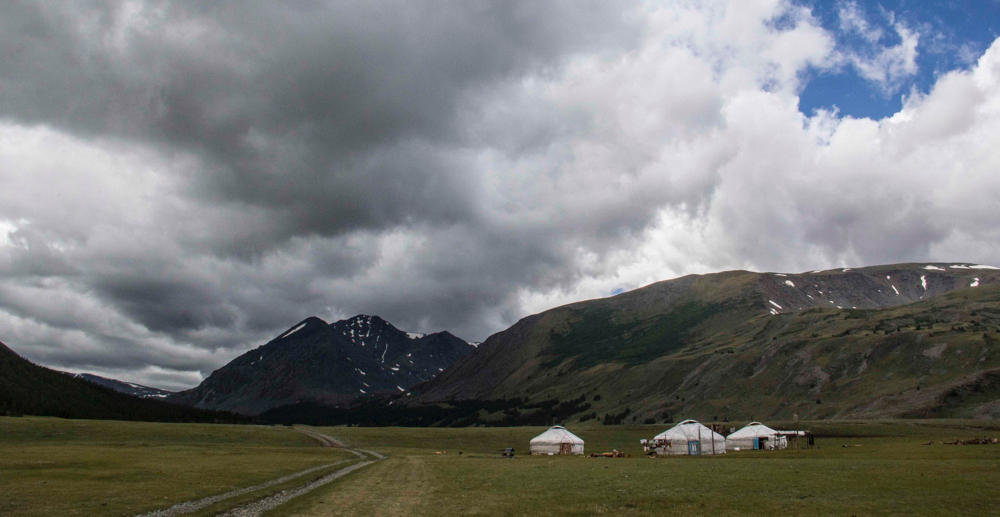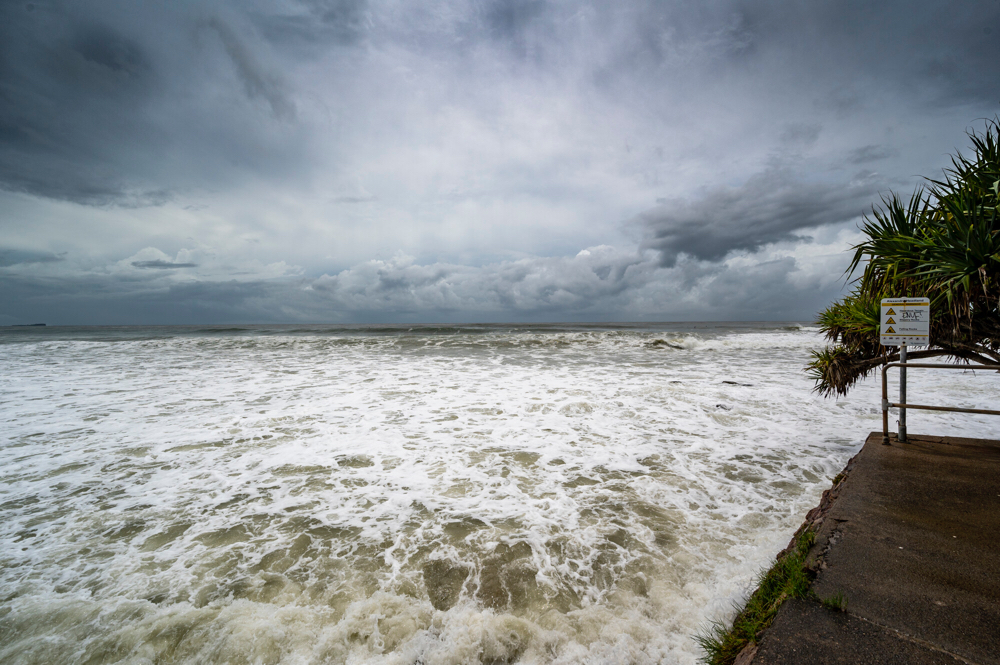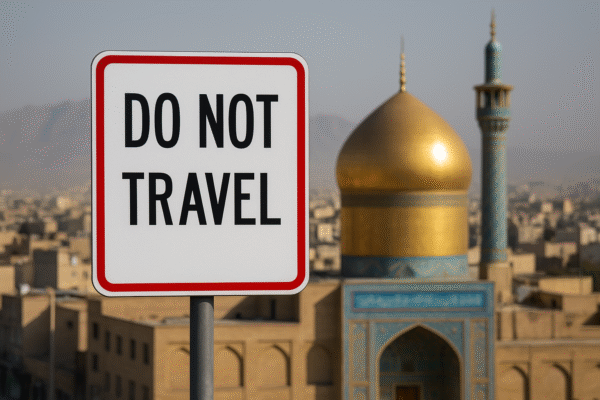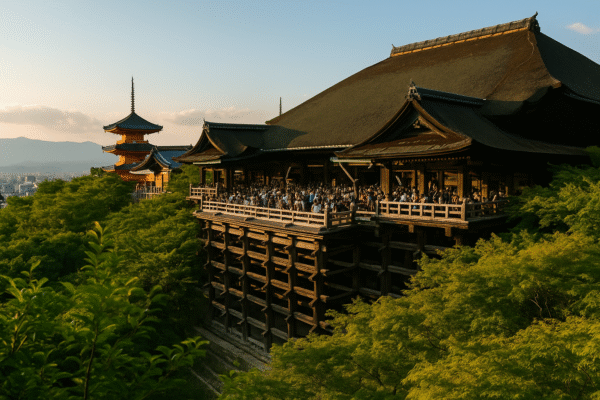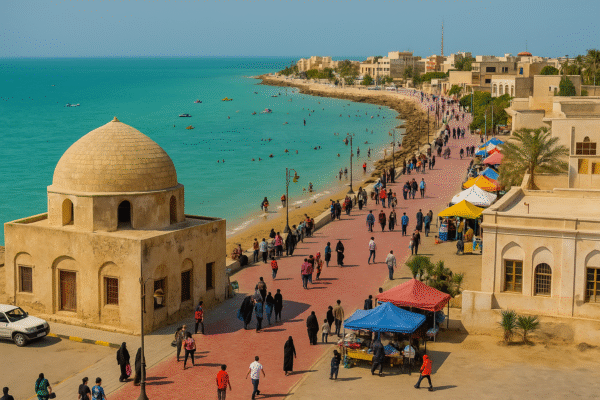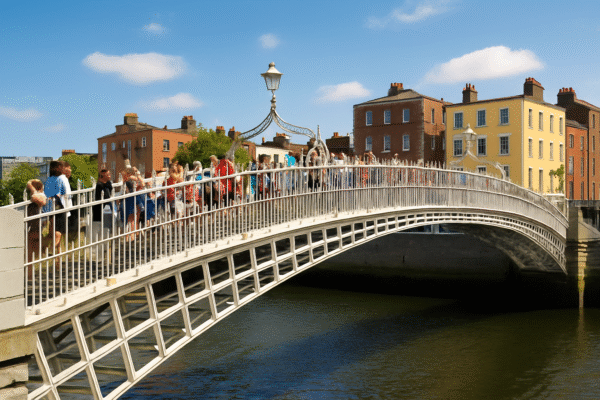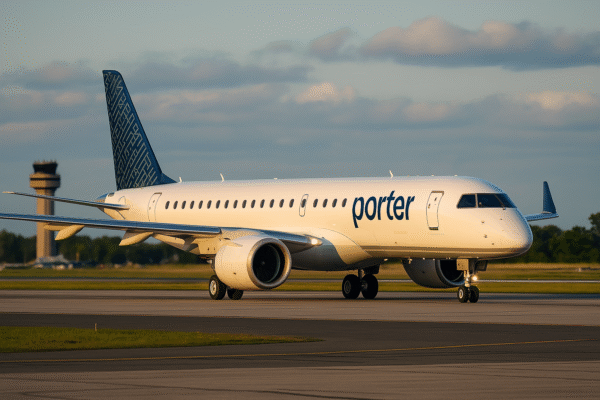India’s booming domestic and international tourism industry is prompting swift reforms across popular destinations. The iconic hill station of Mussoorie in Uttarakhand, often dubbed the Queen of Hills, will soon require mandatory digital pre-registration for all tourists during peak travel seasons. With visitor numbers almost doubling from 1.1 million in 2022 to over 2.1 million in 2024, this regulation aims to combat rising congestion, preserve infrastructure, and protect the region’s ecological charm.
Why Mussoorie Is Taking Action
Mussoorie’s scenic landscape, colonial-era charm, and close proximity to Delhi and Dehradun make it one of North India’s most accessible and overbooked tourist spots. However, this popularity has a downside: worsening traffic jams, overwhelmed utilities, environmental degradation, and limited parking spaces have made the town increasingly unmanageable during holidays.
According to the Uttarakhand Tourism Development Board (UTDB), the sharp rise in tourist footfall—particularly during summer vacations, winter breaks, and national holidays—has outpaced the town’s infrastructure. In response, authorities are adopting technology-driven crowd control mechanisms to ensure a more seamless and sustainable tourism experience.
What the New Pre-Registration System Involves
Set to roll out during upcoming peak seasons, the new digital framework will require all tourists—both domestic and international—to complete a pre-registration process online before entering Mussoorie. The key elements include:
- Online Form Submission: Tourists must register via an official portal by entering basic personal details such as name, phone number, travel dates, vehicle registration, and accommodation booking.
- OTP Verification & QR Code Generation: Upon submission, a One-Time Password (OTP) will be sent for verification. Once authenticated, a QR code permit will be issued.
- Checkpoint Verification: QR codes must be presented at designated entry points including Kempty Falls, Kuthal Gate, and Kimadi. Tourists without a valid code may be denied entry.
- Domestic vs. International Process: Indian tourists will receive the QR code via mobile SMS, while foreign tourists will get it through email for easier access.
This pre-registration mechanism not only regulates tourist volume but also provides real-time tracking of incoming vehicles, thereby reducing the chance of overcrowding.
Integrating Surveillance and Vehicle Monitoring
To enhance the effectiveness of the pre-registration process, the local government will also install Automated Number Plate Recognition (ANPR) systems at major entry points. This innovation allows authorities to:
- Match vehicles with registered permits
- Prevent unauthorized entry
- Monitor traffic density in real time
In addition, CCTV surveillance systems will be deployed to keep a close watch on entry roads, enabling quicker responses to emergencies and potential gridlocks. These upgrades are part of a larger digital tourism governance strategy by the Uttarakhand state.
Phased Rollout and Stakeholder Support
The new rules will first apply during high-density tourist windows, including summer and winter holidays, long weekends, and festival seasons. If successful, the system may be scaled to year-round operations.
According to Tourism Secretary Dhiraj Singh Garbyal, this digital solution is designed to address peak load issues without curbing tourism completely. He noted that such steps are essential to preserve the natural and cultural integrity of Mussoorie.
The proposal has received support from local hotel owners, transport associations, and tourism service providers. Many acknowledge that though some initial inconvenience is expected, regulated inflows will lead to improved traffic flow, better sanitation, and safer tourism in the long run.
Complementary Traffic Management Initiatives
Beyond digital registration, authorities are planning temporary one-way road systems in central Mussoorie during the busiest days. These alterations aim to further streamline traffic within the congested lanes and protect pedestrian zones from vehicular overflow.
Additionally, public advisories and signboards will be issued to educate tourists about the new process and highlight off-peak travel periods for a more relaxed visit.
Travel Tips for Tourists
For those planning to visit Mussoorie soon, especially during peak seasons, a few essential steps should be followed:
- Visit the official Uttarakhand Tourism website to check for live updates and registration links.
- Complete the pre-registration well in advance—ideally a few days before departure.
- Double-check that your vehicle and accommodation details match the registration form.
- Save or print the QR code and keep it handy for quick entry verification.
- Avoid spontaneous travel plans during regulated periods unless pre-registration is confirmed.
Failure to comply with the new guidelines may result in denied entry at checkpoints, potentially derailing travel itineraries.
A Model for Sustainable Mountain Tourism in India
As India works toward a more sustainable tourism model in the wake of climate change and overtourism threats, Mussoorie’s initiative may serve as a blueprint for other hill stations like Nainital, Shimla, and Manali. By combining smart surveillance with visitor registration, the town is attempting to balance economic growth with ecological preservation.
With natural beauty, historical charm, and year-round appeal, Mussoorie will continue to attract travelers from around the world. But with smarter rules and tech-enabled tourism management, the “Queen of Hills” is now poised to ensure that its magic endures for generations.
For more travel news like this, keep reading Global Travel Wire

